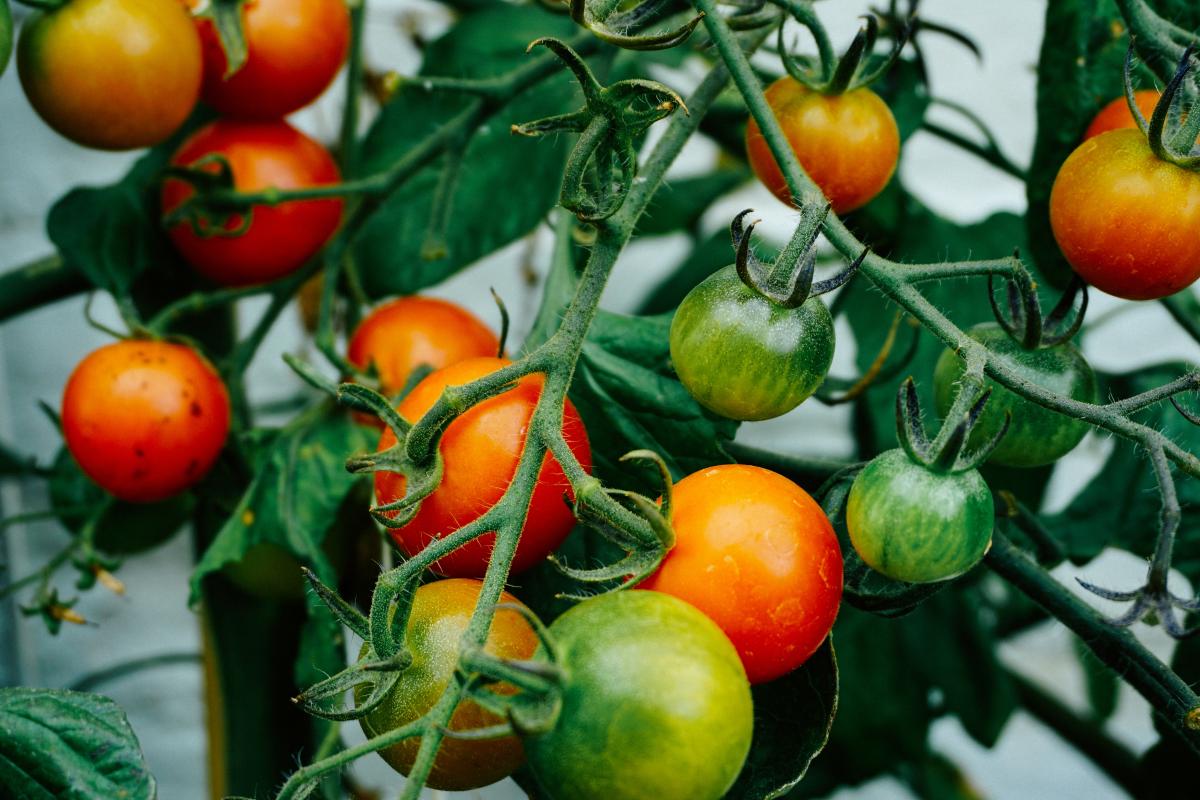
Food Web Challenge
by Hermelina Liddell
This is part of an Ecology Unit, where students will create a food web using a set of cards. Students will identify the organisms in the different trophic levels, create a series of food chains, then a food web.
Students will identify the invasive species and place it in the aquatic food. Students will work in groups of two and later on write a paragraph about their thinking on the impact of invasive species in the web.
Eventually, students will design, code and program an Edison V2 robot to see how changes in the transfer of matter and energy affect the organisms in the ecosystem. Students can use LEGOs to create and design an organism or a habitat, they can code and program the robot and demonstrate/present or compete with other robots in class!
Lesson Plan Link/URL
https://docs.google.com/presentation/d/1t1Mt43McR_01LQ6zwSWqgkGoeARTsD3n/edit?u…Subject Area
Science Life Science L2: Organisms & Energy Technology 4. Innovative Designer 5. Computational Thinker Engineering S2: Apply the Engineering Design Process S5: Apply Technology to Engineering English Language Arts (ELA) Writing
Featured
Off
Related Content

Grades:
7th Grade, 8th Grade, 9th Grade, 10th Grade, 11th Grade
This is a lesson that can be taught in 5 days or one week. The lesson was put together in collaboration with the Smithsonian Science Education Center. It talks about global goals (one of which is food

Grades:
6th Grade, 7th Grade, 8th Grade
For this lesson, students will be using the LEGO Spike Prime Kits and LEGO Mindstorm software. Students will write programs using the Color Sensor to make the Driving Base autonomous. A variety of

Grades:
3rd Grade, 4th Grade, 5th Grade, 6th Grade, 7th Grade, 8th Grade
Coding and flying drones what a match! Students will have the chance to experiment with flying a drone in a simulator. The lesson includes 4 missions incorporating forces of flight acting on a drone.